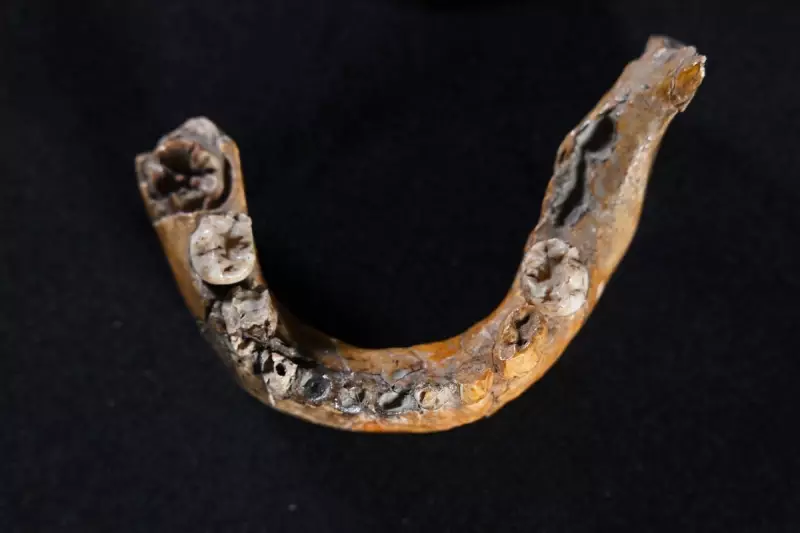
In a discovery that fundamentally reshapes our understanding of human ancestry, archaeologists have uncovered compelling evidence that early humans interbred with Neanderthals far earlier than previously believed. The remarkable findings from Israel's Skhul Cave suggest our species' history is more complex and intertwined than scientists ever imagined.
The Skhul Cave Revelation
Recent analysis of 100,000-year-old bones discovered in Mount Carmel's Skhul Cave has revealed stunning new insights into human-Neanderthal relationships. Using cutting-edge dating techniques and morphological analysis, researchers have identified what appears to be clear evidence of interbreeding between these two human species during the Middle Palaeolithic era.
Rewriting the Human Story
This groundbreaking research challenges the conventional timeline of human migration and interaction. Previously, most evidence suggested significant interbreeding occurred around 60,000 years ago when Homo sapiens migrated from Africa. The Skhul Cave findings push this timeline back by tens of thousands of years, suggesting our ancestors were mixing with Neanderthals much earlier than science had established.
Scientific Methodology Breakthrough
The research team employed advanced dating methods and detailed morphological examination of the skeletal remains. By comparing these ancient bones with both Neanderthal and early human specimens, scientists identified distinctive features that suggest mixed ancestry. This hybrid characteristics provide the most compelling evidence yet of early interbreeding between human species.
Implications for Human Evolution
This discovery has profound implications for our understanding of human evolution:
- Challenges existing migration theories out of Africa
- Suggests more complex interaction between human species
- Indicates interbreeding was more common than previously thought
- Raises questions about the spread of genetic traits between populations
A New Chapter in Human History
The Skhul Cave findings represent a significant milestone in paleoanthropology. As research continues, scientists anticipate these discoveries will lead to further revelations about our ancient past and the complex relationships between different human species that once shared our planet.
This research not only rewrites chapters of human history but also demonstrates how new technologies continue to unlock secrets from our ancient past, revealing a story of human evolution that is far more complex and interconnected than previously understood.





